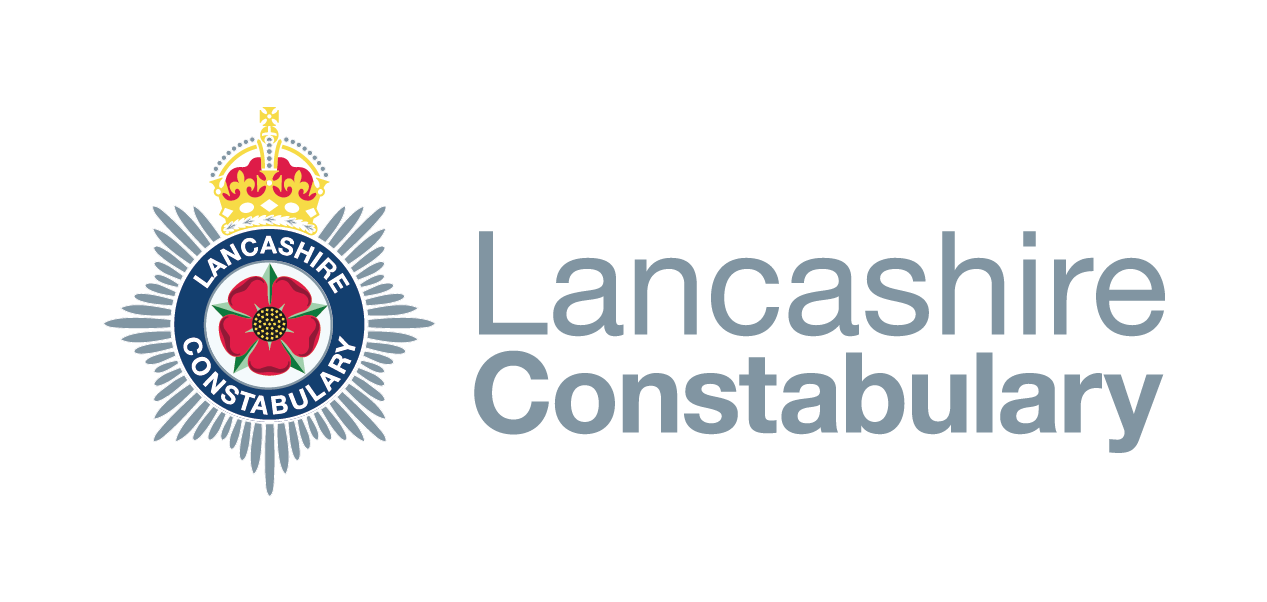What is the law relating to badgers?
Badgers have been the victim of unlawful persecution for many years and despite protective legislation they remain a target for criminals.
Badger is the common name for any animal of three subfamilies, which belong to the family Mustelidae: the same mammal family as the ferrets, the weasels, the otters, and several other types of carnivore. There are eight species of badger, in three subfamilies: Melinae (badgers of Europe and Asia), Mellivorinae (the Ratel or honey badger), and Taxideinae (the American badger).
Typical badgers (Meles, Arctonyx, Taxidea and Mellivora species) are short-legged and heavy-set. The lower jaw is articulated to the upper by means of a transverse condyle firmly locked into a long cavity of the cranium, so that dislocation of the jaw is all but impossible. This enables the badger to maintain its hold with the utmost tenacity, but limits its jaw movement to hinging opening and shutting or sliding from side to side.
The behaviour of badgers differs by family, but all shelter underground, living in burrows called setts. Some are solitary, moving from home to home, while others are known to form clans. Clan size is variable from two to 15. Badgers are fierce animals and will protect themselves and their young at all costs. Badgers are capable of fighting off much larger animals such as dogs. Badgers can run or gallop at up to 25-30 km per hour for short periods of time. Badgers are generally nocturnal creatures, sleeping during the day and emerging from their setts during the evening or hours of darkness. Badgers tend to be shy or nervous of human beings and will avoid contact with people.
Unlawful persecution of badgers
Often badgers are gassed, poisoned or caught in unlawfully placed snares. Badgers caught in snares suffer terrible injuries when the wire of the snare cuts through their fur into their flesh. As the snares are laid unlawfully they are not regularly checked so the badger will suffer greatly and take a long time to die.
Badger baiting
Badger sett disturbance is commonly linked to badger baiting. This is a barbaric activity, involving dogs such as terriers being sent down a sett to hold the badger while offenders dig out the sett.
Alternatively badgers are hunted by using a powerful hand lamp, often referred to as 'lamping', to search for badgers when they forage for food at night. The badgers are either shot, attacked in situ or taken away in cages to another destination where they are forced to fight several dogs at a time. The fight continues until the badger is killed either by the dogs or the dog handlers.
The dogs that are used are often lurcher or the pit bull terrier breed. Other breeds of dogs can be used although not as common such as German Shepherd, Doberman and Rottweiler. Dogs are now being bred purely for this purpose and it will often be cross-bred from a lurcher and pit-bull to create a fighting dog. Anyone who breeds from a fighting dog, sells or offers to sell, gives or abandons such a breed will be prosecuted under the Dangerous Dogs Act 1991.
The dogs often wear collars fitted with electronic transmitters for tracking whilst they are under ground. The badger is always out-numbered and therefore does not stand a chance. A badger will attempt to fight back which often leaves the dogs injured and scarred. A dog which has bite marks to its muzzle and neck or severe injuries to its jaw will be typical examples of a dog used for fighting. The dogs are usually called off the badger part way through the fight and the badger is then disabled by way of stabbing or a leg broken using an implement such as a shovel. This apparently gives the dog a better chance in the fight. Offenders will stand and watch this horrendous cruelty and gamble on this activity earning money from the proceeds of their crime.
The owners and spectators have little or no care for the welfare of dog and often view injuries to the dog as an irritation and interference of their activity. If a dog dies or its injuries mean that the animal cannot perform, the owners will simply get another dog and possibly abandon the injured one. Anyone who is suspected of or has committed such offences of causing a dog to fight badgers or causing unnecessary suffering will face prosecution under the Protection of Badgers Act 1992 and the Animal Welfare Act 2006.
Protection of Badgers Act 1992
Badgers are a protected species and as such they are afforded protection under the Protection of Badgers Act 1992.
Under the 1992 Act a person is guilty of an offence if, except as permitted by or under this Act:
- he wilfully kills, injures or takes, or attempts to kill, injure or take, a badger;
- he has in his possession or under his control any dead badger or any part of, or anything derived from, a dead badger;
- he cruelly ill-treats a badger;
- he uses any badger tongs in the course of killing or taking, or attempting to kill or take, a badger;
- he digs for a badger;
- he uses for the purpose of killing or taking a badger any firearm other than a smooth bore weapon of not less than 20 bore or a rifle using ammunition having a muzzle energy not less than 160 foot pounds and a bullet weighing not less than 38 grains;
- he sells a live badger or offers one for sale or has a live badger in his possession or under his control;
- he marks, or attaches any ring, tag or other marking device to, a badger other than one which is lawfully in his possession by virtue of such a licence.
A person is guilty of an offence if, except as permitted by or under this Act, he interferes with a badger sett by doing any of the following things:
- damaging a badger sett or any part of it;
- destroying a badger sett;
- obstructing access to, or any entrance of, a badger sett;
- causing a dog to enter a badger sett;
- disturbing a badger when it is occupying a badger sett;
- intending to do any of those things or being reckless as to whether his actions would have any of those consequences;
- he knowingly causes or permits to be done an act which is made unlawful by subsection (1) of the 1992 Act.
General exemptions
A person is not guilty of an offence for:
- taking or attempting to take a badger which has been disabled otherwise than by his act and is taken or to be taken solely for the purpose of tending it;
- killing or attempting to kill a badger which appears to be so seriously injured or in such a condition that to kill it would be an act of mercy (this does not include where the person caused or allowed the injuries to occur in the first place);
- unavoidably killing or injuring a badger as an incidental result of a lawful action;
- doing anything which is authorised under the Animals (Scientific Procedures) Act 1986.
Exemptions under a Government licence
A person is not guilty of an offence under certain sections of the Act if he shows that his action was necessary for the purpose of preventing serious damage to land, crops, poultry or any other form of property, provided that the person had obtain a licence from Natural England in order to prevent such damage occurring to land and crops etc.
Penalties
If a person is found committing an offence under this section on any land it shall be lawful for the owner or occupier of the land, or any servant of the owner or occupier, or any constable, to require that person forthwith to quit the land and also to give his name and address; and if that person on being so required wilfully remains on the land or refuses to give his full name or address he is guilty of an offence.
Where a dog has been used or was present during the commission of the offence under the 1992 Act the court can order the destruction of the dog.
If you see people with digging equipment and dogs in a badgers habitual area or lamping during the hours of darkness, do not approach but take a note of vehicle registration numbers nearby and contact the police. If you have any information regarding badger persecution please contact North Yorkshire Police on 101.
The Badger Trust and The Lancashire Badger Group
The Badger Trust promotes the conservation and welfare of badgers and the protection of their setts and habitats. They are the leading voice for badgers and represent and support around 80 local voluntary badger groups. The Badger Trust provides expert advice on all badger issues and works closely with MPs, the police and other conservation and welfare organisations.
The Lancashire Badger Group are a local charity who's aim is protecting badgers and their setts from persecution and criminal activity, through regular survey and monitoring by volunteers. They provide information, talks or training to the public regarding the natural history and needs of badgers, raising awareness of the persecution and other issues that they face. And campaign on local and national issues that affect badgers.
Badger Cull
The first licences have been granted for the cull of badgers to control Bovine TB, there are no areas within Lancashire that a badger cull has been licensed and badgers in Lancashire remain protected under the Protection of Badgers Act 1992.
This is a strictly controlled cull and is carried out by licensed marksmen and is being monitored by both DEFRA and the Police.
The cull has does not allow anyone, unless licensed, to kill badgers and any offences will be dealt with by the the police.
Any member of the public who sees suspicious activity around an area populated by badgers should contact the police by telephone 101.

